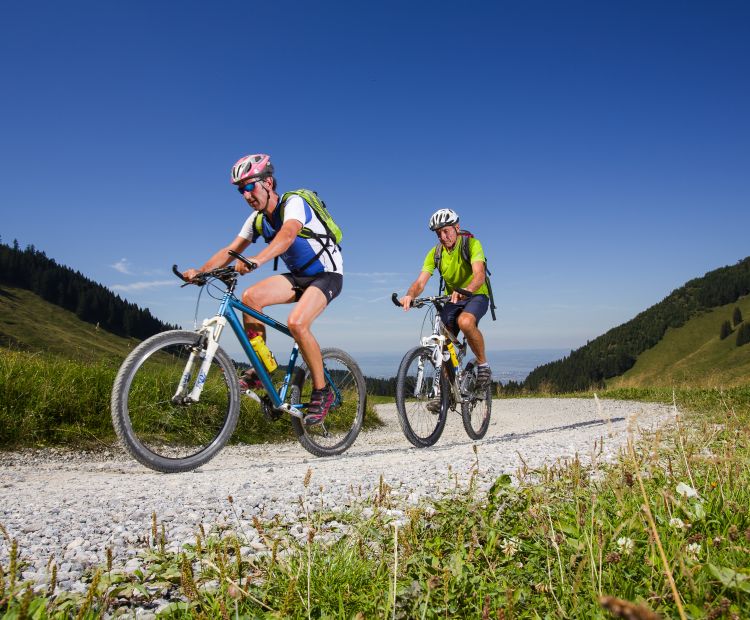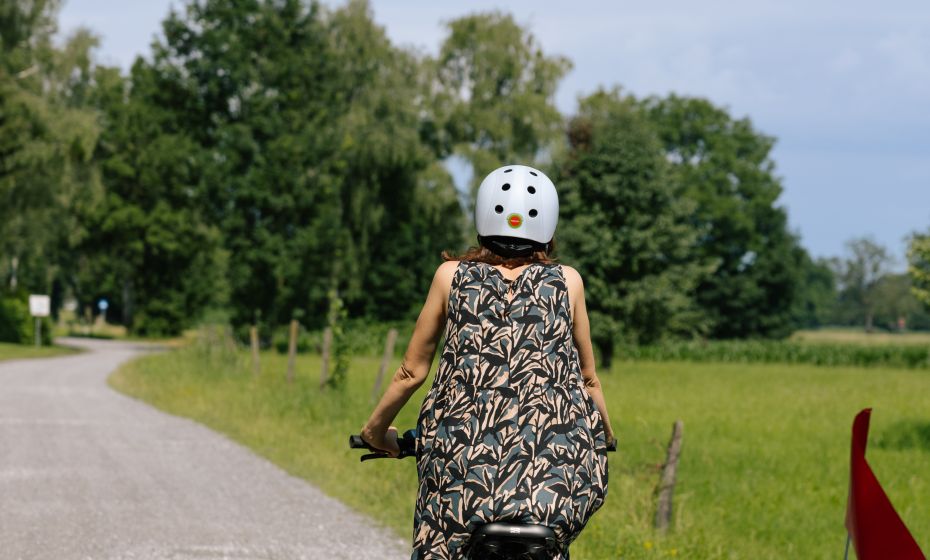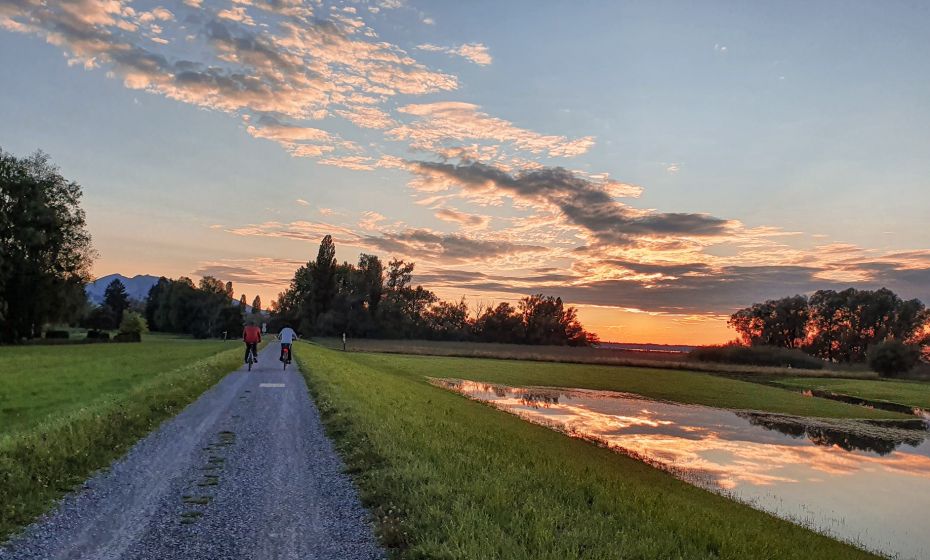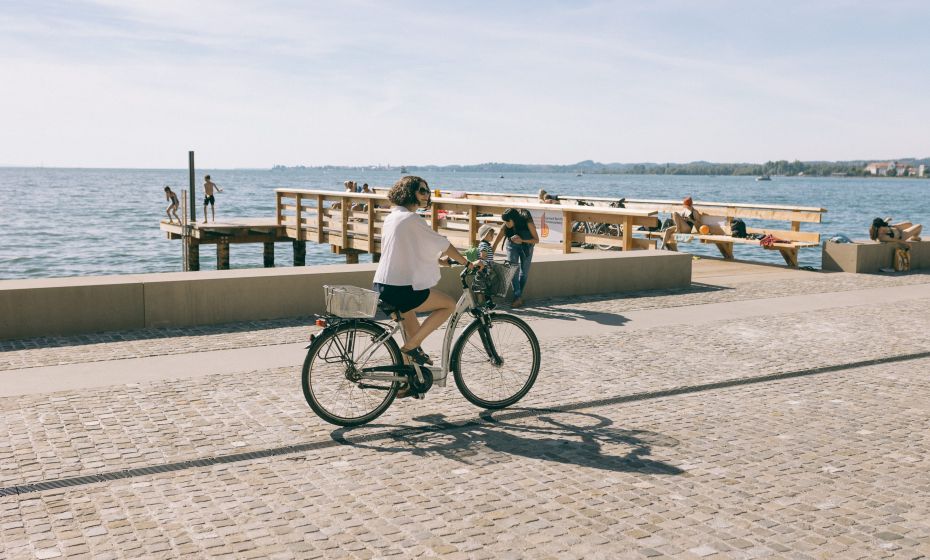Experience culture, enjoy landscapes
The Vorarlberg Cultural Cycling Tour is a journey of about 252 kilometers across Austria’s westernmost province. It combines alpine panoramas with cultural encounters, quiet paths with creative places – and invites you to discover Vorarlberg with all your senses.
The starting point is the high alpine Bielerhöhe in the Silvretta mountain range. From there, the route leads through the Montafon valley, along the Ill River and through villages such as Partenen and Schruns – featuring traditional wooden buildings, covered bridges, and small museums along the way. In Bludenz, the ascent through the Klostertal begins, heading towards the Arlberg, where pristine alpine landscapes and rural traditions leave a lasting impression.
Towards Lech am Arlberg, the route alternates between the Klostertal cycle path, side roads, and more demanding passages – such as the climb to the Flexen Pass, which can optionally be bypassed by public bus with bicycle transport. In Lech, alpine architecture, culinary experiences, and cultural events present themselves at their finest. A detour into the Zugertal valley to Lake Formarin is a scenic highlight.
Beyond the Hochtannberg Pass, the route opens into the Bregenzerwald – famous for its unique combination of traditional craftsmanship and contemporary architecture. Along the Bregenzerwald cycle path, the route passes through picturesque villages such as Schoppernau, Au, Mellau, Andelsbuch, and Egg – mostly along the old railway line of the Bregenzerwaldbahn, past rivers, meadows, and charming hamlets. Highlights include the Werkraumhaus in Andelsbuch, the BUS:STOP bus shelters in Krumbach, and the Women’s Museum in Hittisau.
Through Alberschwende, the route reaches Bregenz on Lake Constance. Here, natural beauty meets cultural richness – with the floating stage of the Bregenz Festival, the vorarlberg museum, and the vibrant city center. The journey continues along the Rhine embankment and EuroVelo 15, via Lustenau (with the Rhein-Schauen Museum) and Hohenems, where Jewish history and a young creative scene create a fascinating blend.
The tour concludes in Feldkirch. With its medieval flair, cosmopolitan spirit, and the prominent Schattenburg castle, this border town to Switzerland and Liechtenstein offers a memorable finale to the cultural cycling tour – leaving lasting impressions of a journey between nature and culture, movement and encounter.




